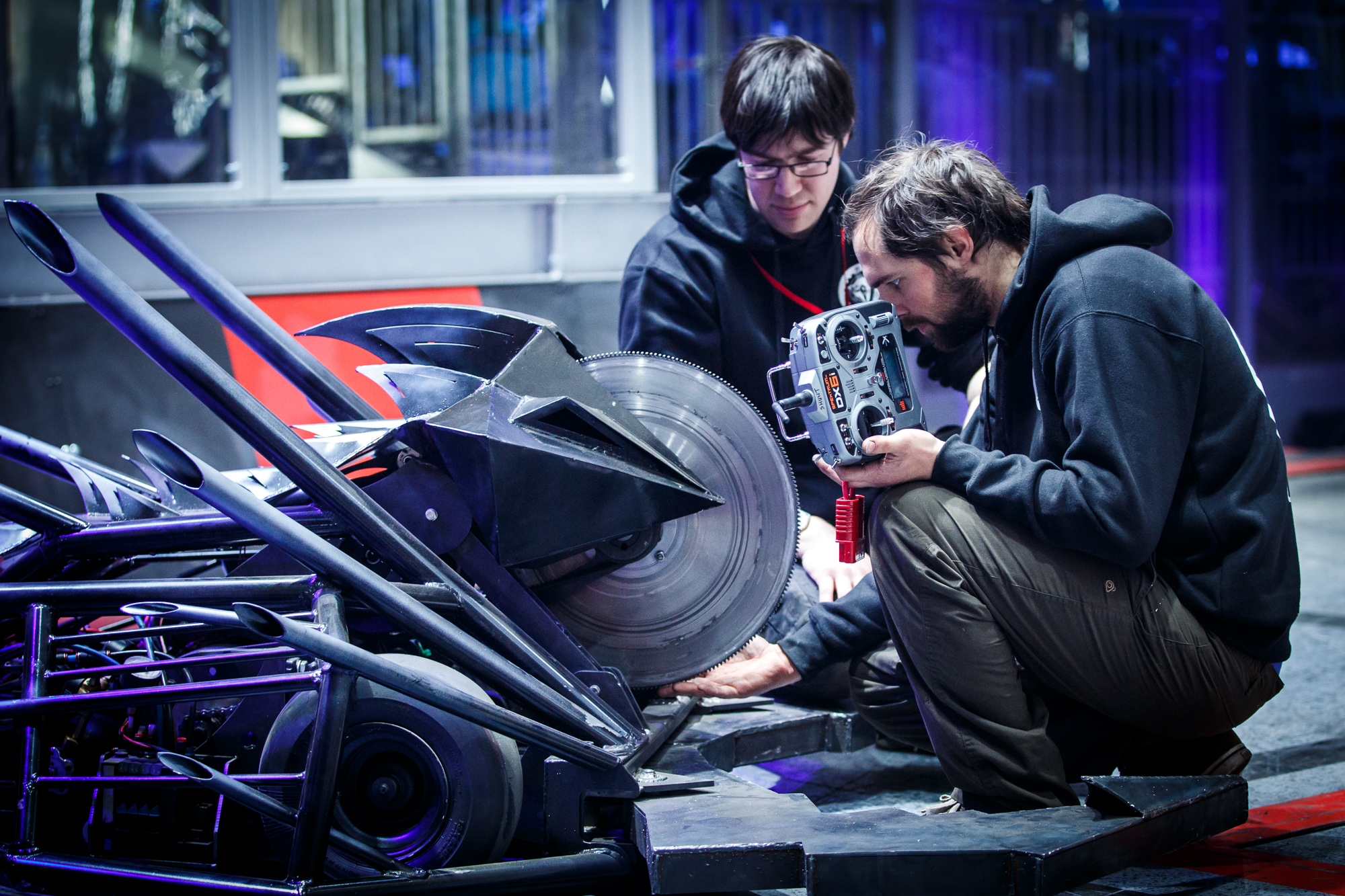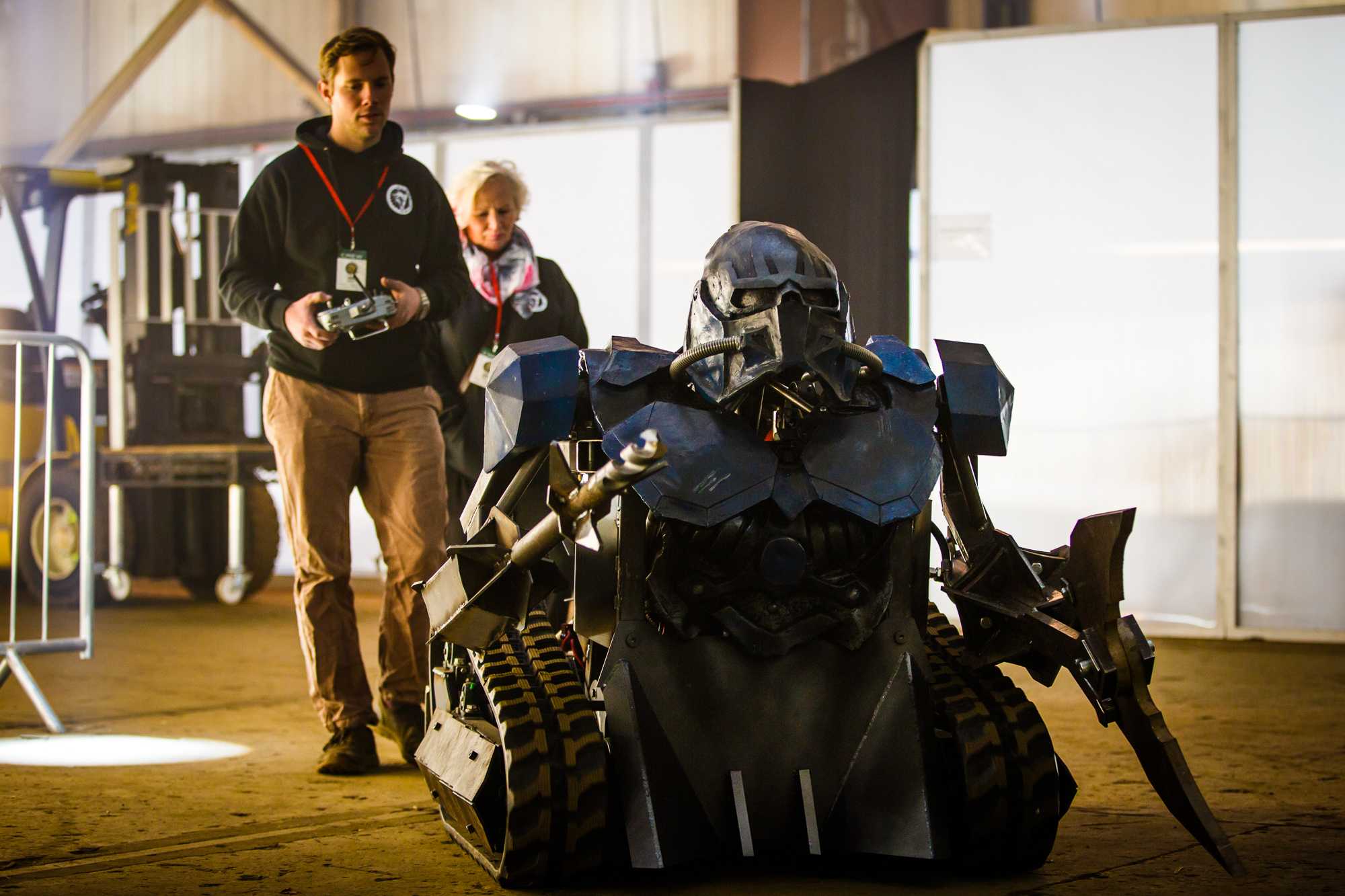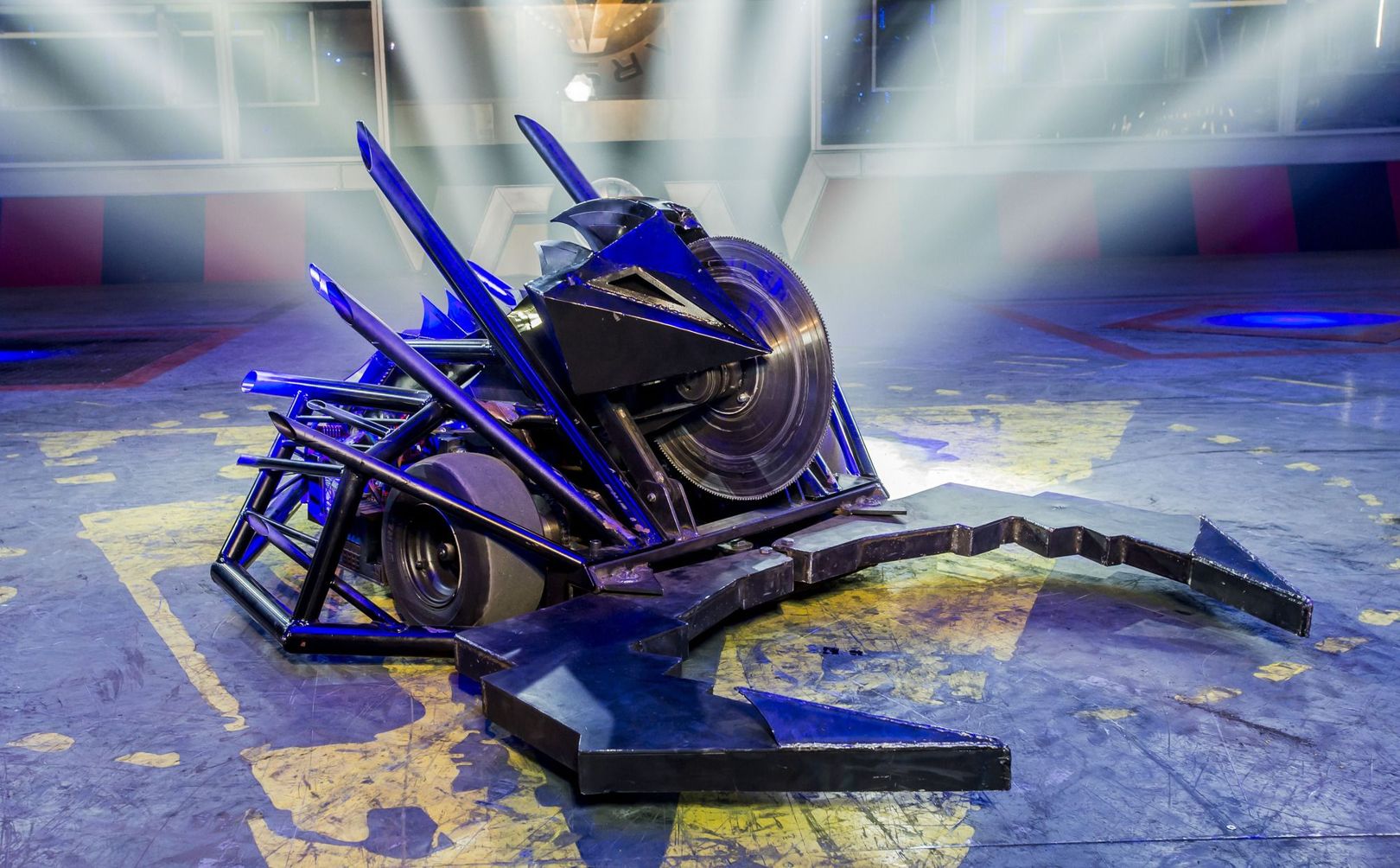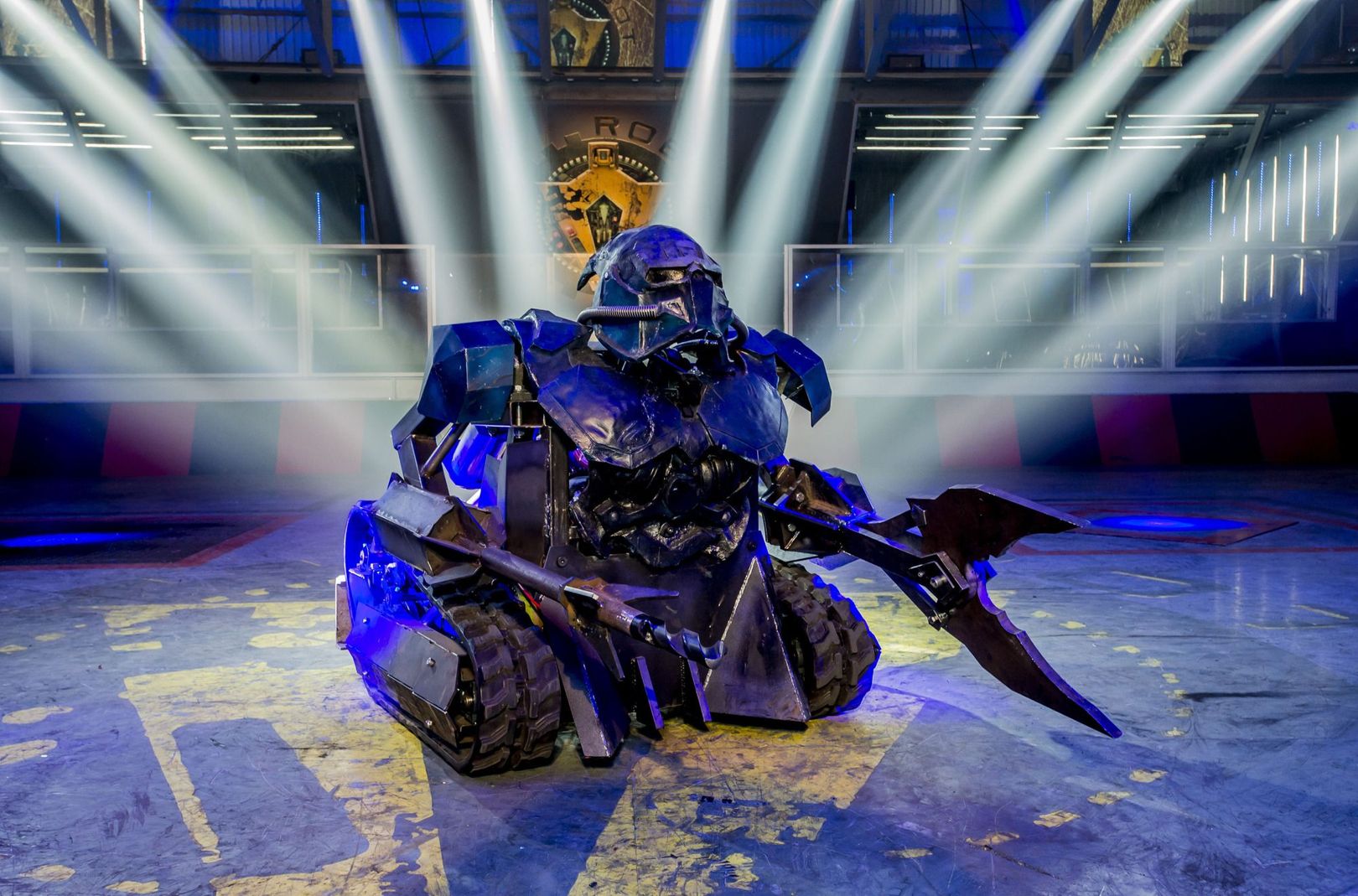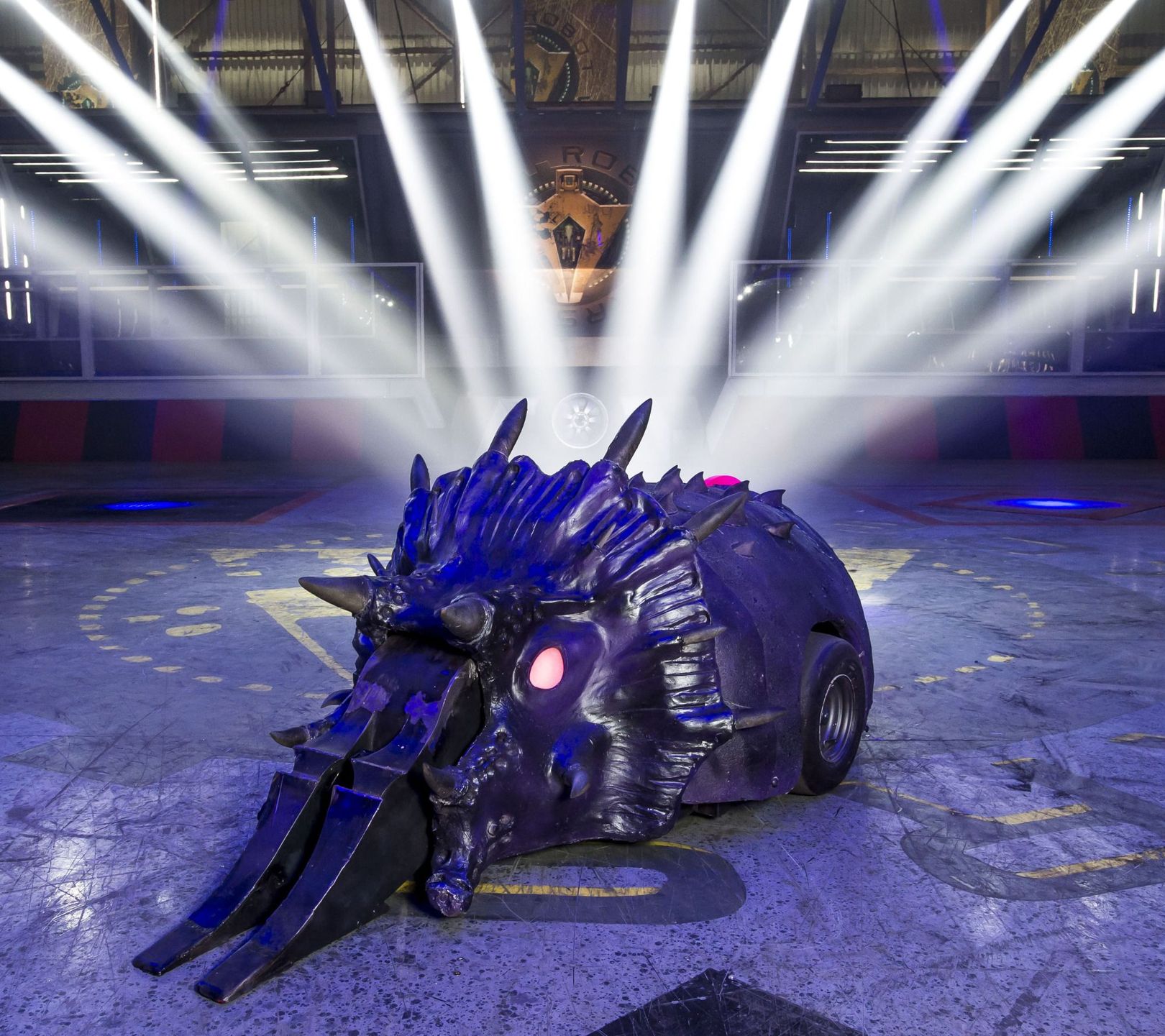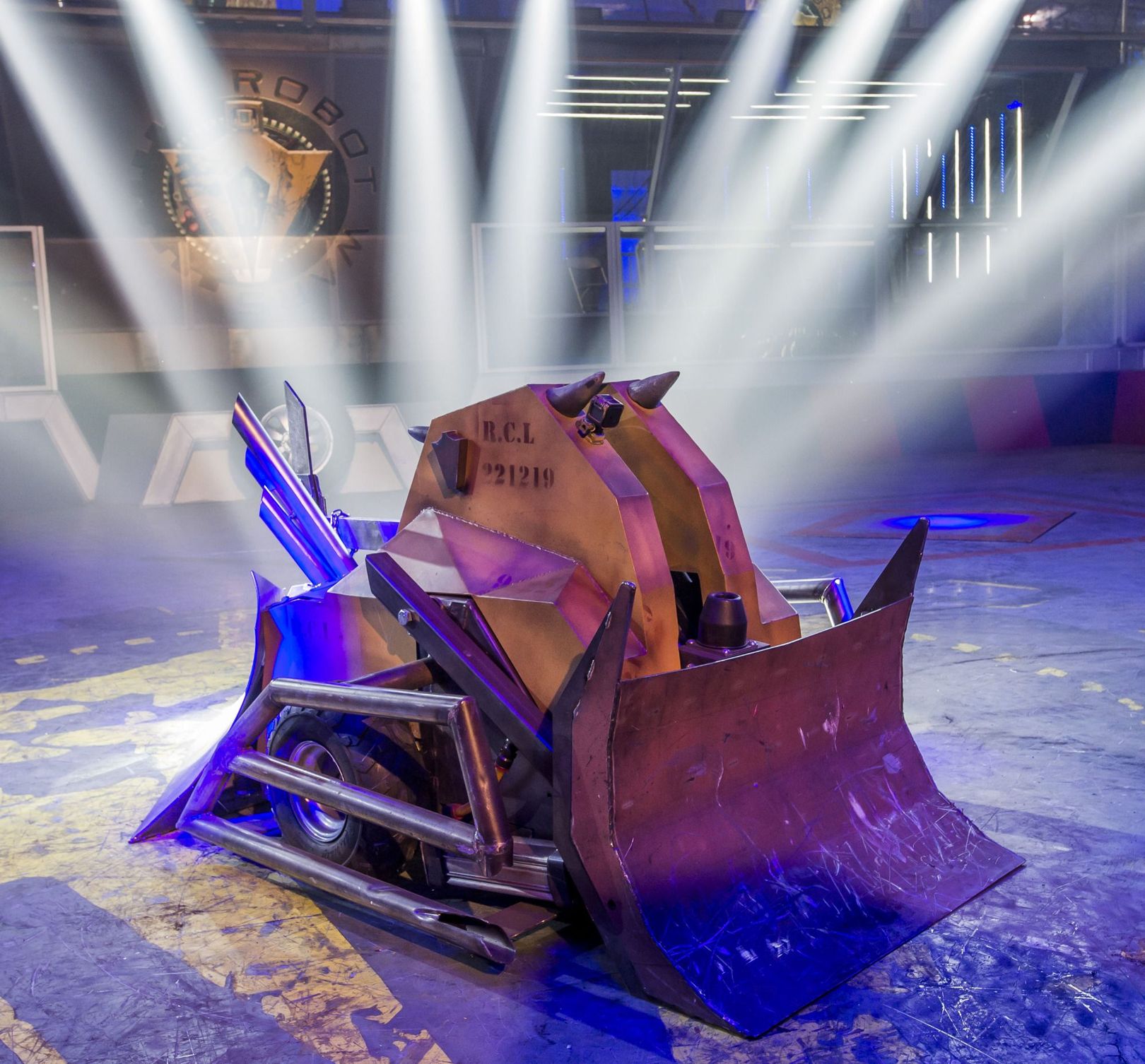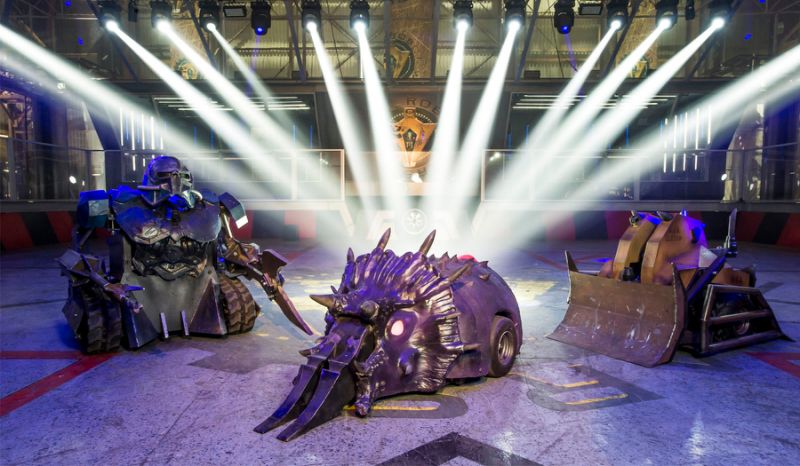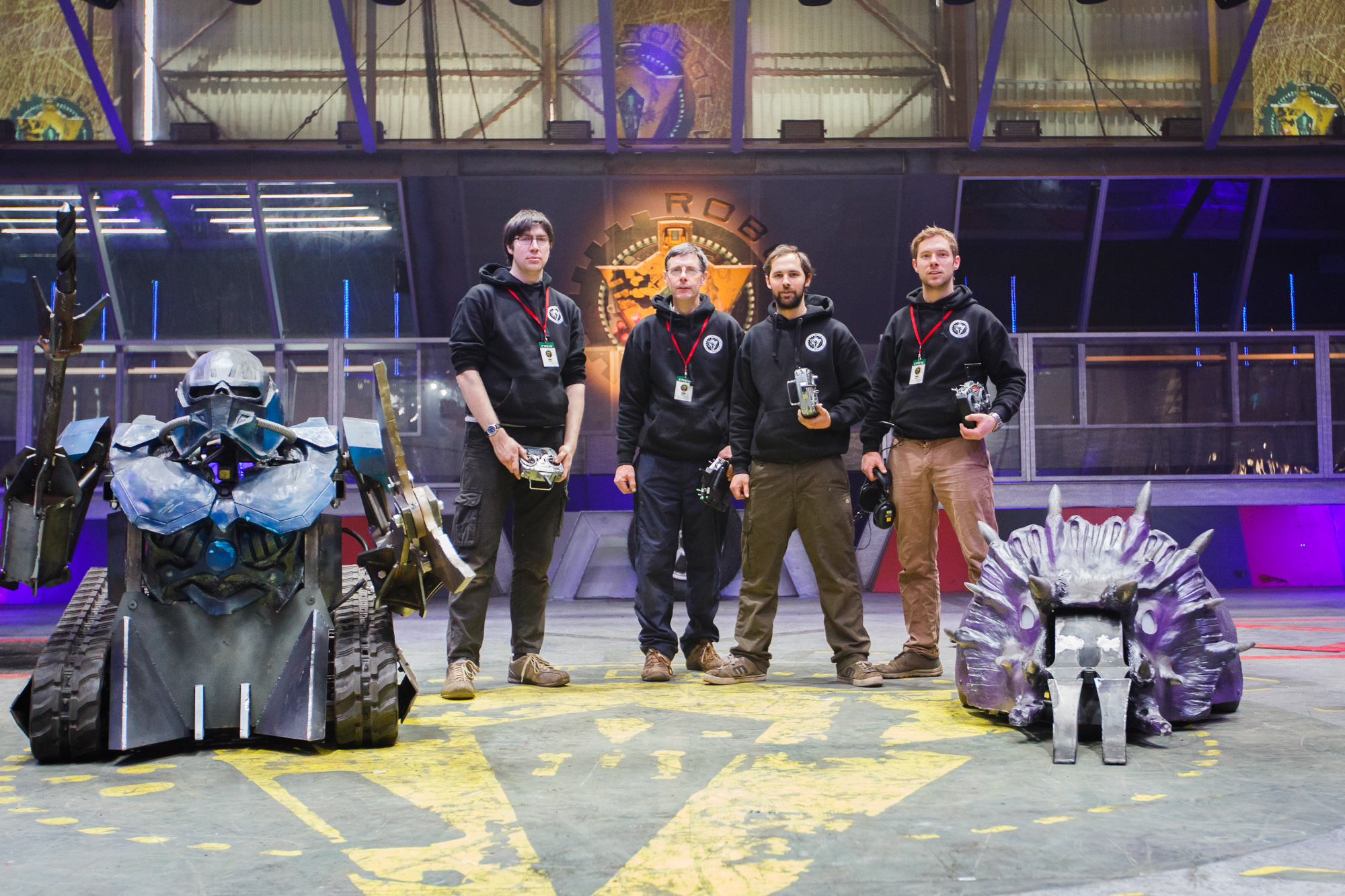Robot Wars is back this summer, and we’ve just received our first tantalizing look at the fearsome House Robots: the intimidating likes of Matilda, Shunt, Dead Metal and Sir Killalot, who have all been recreated from scratch for the new series — using the latest materials and processes.
“When we were first commissioned to design and produce the new House Robots we really wanted to take them to the next level,” James Cooper, Creative Technologist at RoboChallenge, the company which built the new House Robots, tells Digital Trends. “To ensure each House Robot was as menacing, powerful, and a leap ahead of the originals as possible we created a bit of competition. By splitting our team of engineers into three to work on Matilda, Shunt and Dead Metal, each team worked to make their robot as mean as possible! We [then] all joined back together to create Sir Killalot.”
But while nostalgia is definitely part of the Robot Wars’ appeal, executive producer Andrew Robertson tells Digital Trends that the show will definitely embrace the sweeping advances which have taken place in robotics over the past decade.
“Some of the new robots on this series can spin their weapons up to speeds of 9000 rpm or flip near half ton robots up in the air. This is all possible due to the incredible power of the batteries and reduction in size of the parts required to build the robot,” Robertson says. “Titanium would have been near invincible in the past — yet in this series robots are able to strip it apart like wet wallpaper.
“The reason the arena is double-layered Polycarbonate is purely down to the power in these robots, and as you’ll see there are many times that the arena strength is tested! Flippers were the traditional old school fighting robot, but now you’ll start to see the arrival of a new breed of fighting robot with Mecanum wheels or incredibly complex engineering. [That all combines to make] this series feel like we’re seeing the birth of a new generation of super-fighting-robot.”
We. Can’t. Wait.
Editors' Recommendations
- Robots deployed to assist New York City police … again
- Robotic rubdown: New robo-masseuse could make its way into your home
- NASA wants your help developing autonomous robots to explore other worlds
